This Costa Brava house makes the most of its rocky site
A new family house in El Port de la Selva, in Spain’s Costa Brava, is designed by architects Marià Castelló and José Antonio Molina
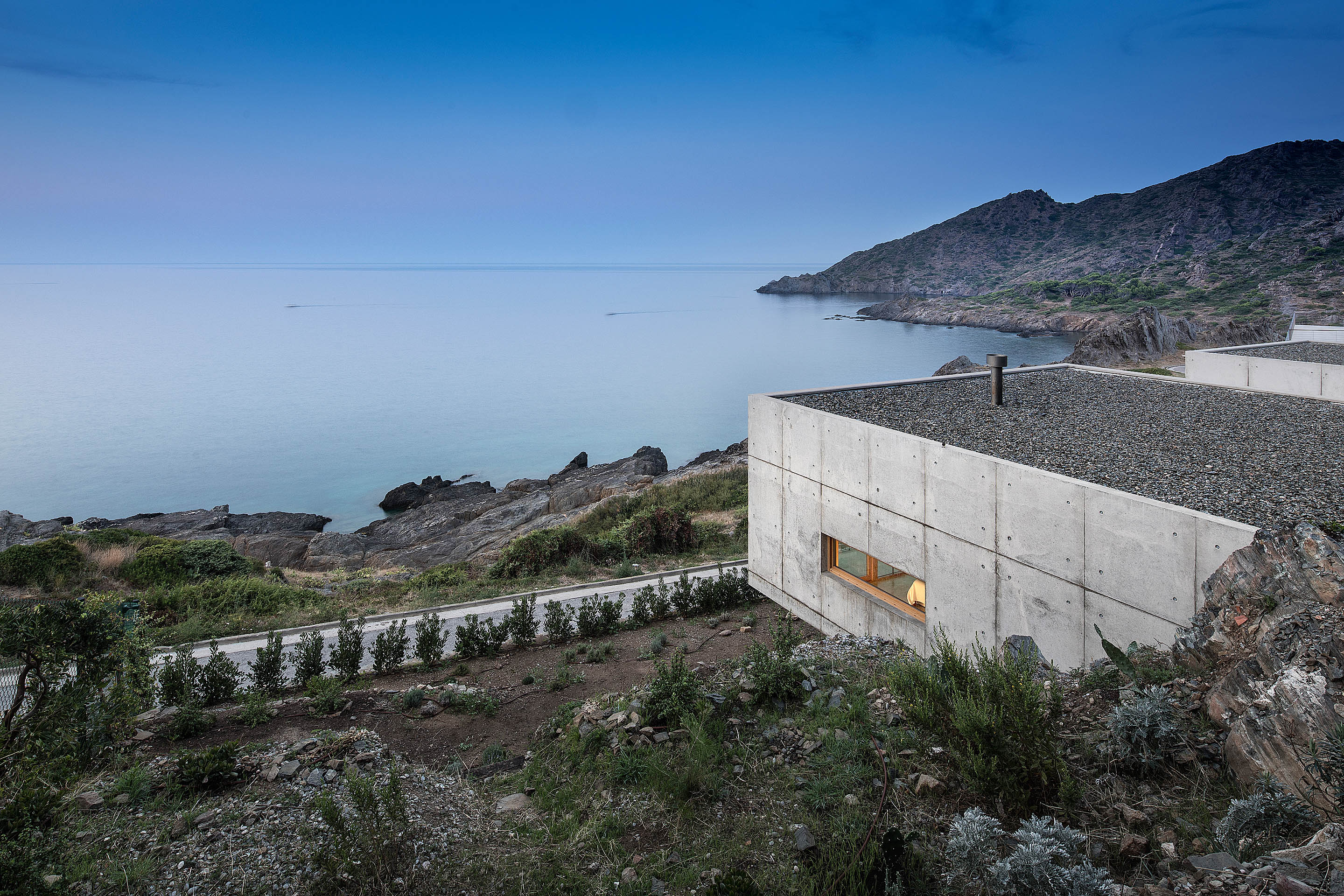
Marià Castelló - Photography
Nestled on a cliffside of El Port de la Selva, this Costa Brava house is defined by its rocky environment. Designed by architects Marià Castelló and José Antonio Molina, the family home is created in exposed concrete, featuring a composition of volumes that break up the overall mass, almost like an abstracted version of a natural rocky outcrop – gently referencing the area’s pòrfit (porphyry), the type of dark-coloured and very hard rock that is omnipresent in the volcanic geology of this part of Spain.
The house’s design was informed by two contradicting forces: the desire to open the home up towards the region's warm sun and the site's long sea views, and the need to protect the inhabitants from the strong, cold winds from the north that frequently affect the coast. In order to tick both boxes, the architects crafted a design that divides the house into two levels – one that is embedded into the land, placed against the cliff's rocky surface, and a second, top one, which is clad in glazing towards the water and features terraces and wide openings, acting almost like a viewing platform. This creates an interior that at points feels completely open to the elements, but is elsewhere sheltered and enclosed.
Costa Brava house inspired by its surroundings
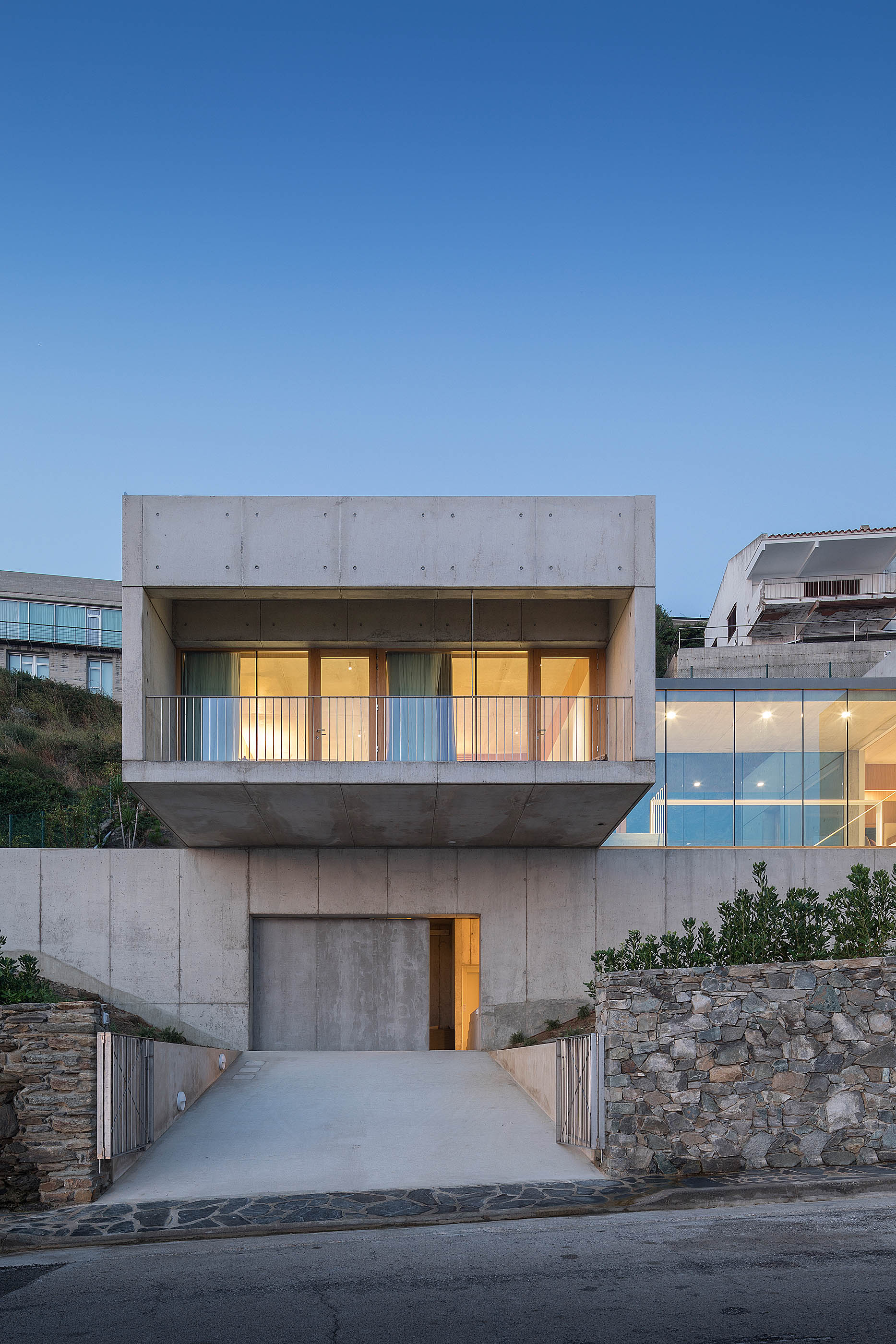
On top of its contextual needs, this Costa Brava house, occupied by a family of six, also had to be generous and practical. Being partly buried in the ground meant that the design cleverly conceals the home’s real size, allowing it to be spacious inside while helping it appear more discreet from the street side.
The interior houses a total of four double bedrooms and a range of living spaces, most of which share dramatic views out to the Mediterranean. The structure's concrete shell is equally pronounced inside, yet here it's softened by a more diverse material palette. ‘To compensate for the intrinsic qualities of concrete, oak wood has been chosen to materialise the exterior carpentry, some cladding, custom-made furniture, etc, providing the whole with warmth and harmony,’ the architects explain.
Balancing seemingly opposing elements – privacy and openness, drama and subtleness, spaciousness and a contextual approach – this El Port de la Selva home is not only a practical and comfortable family home, but it also presents an architectural expression of its surroundings.
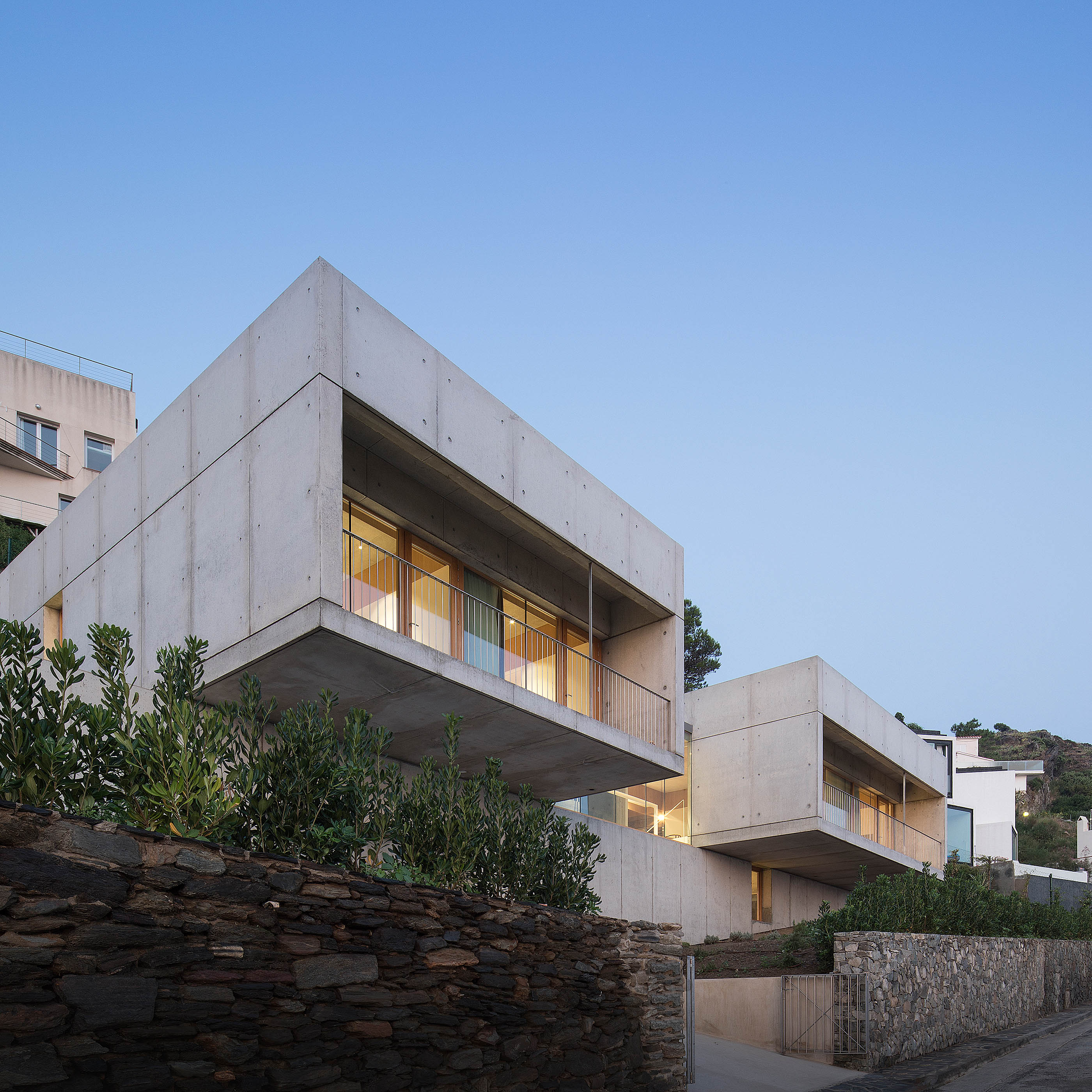
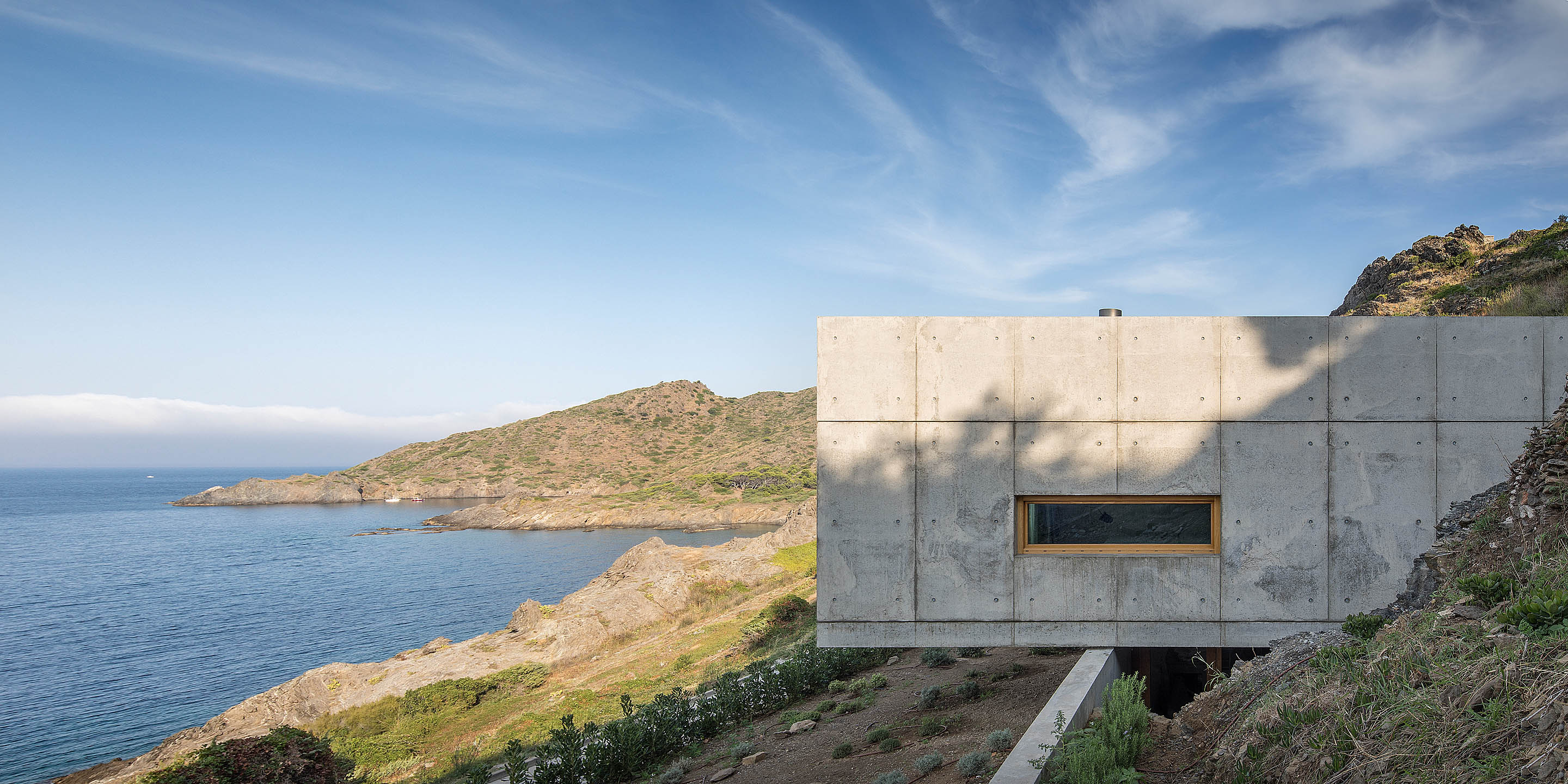
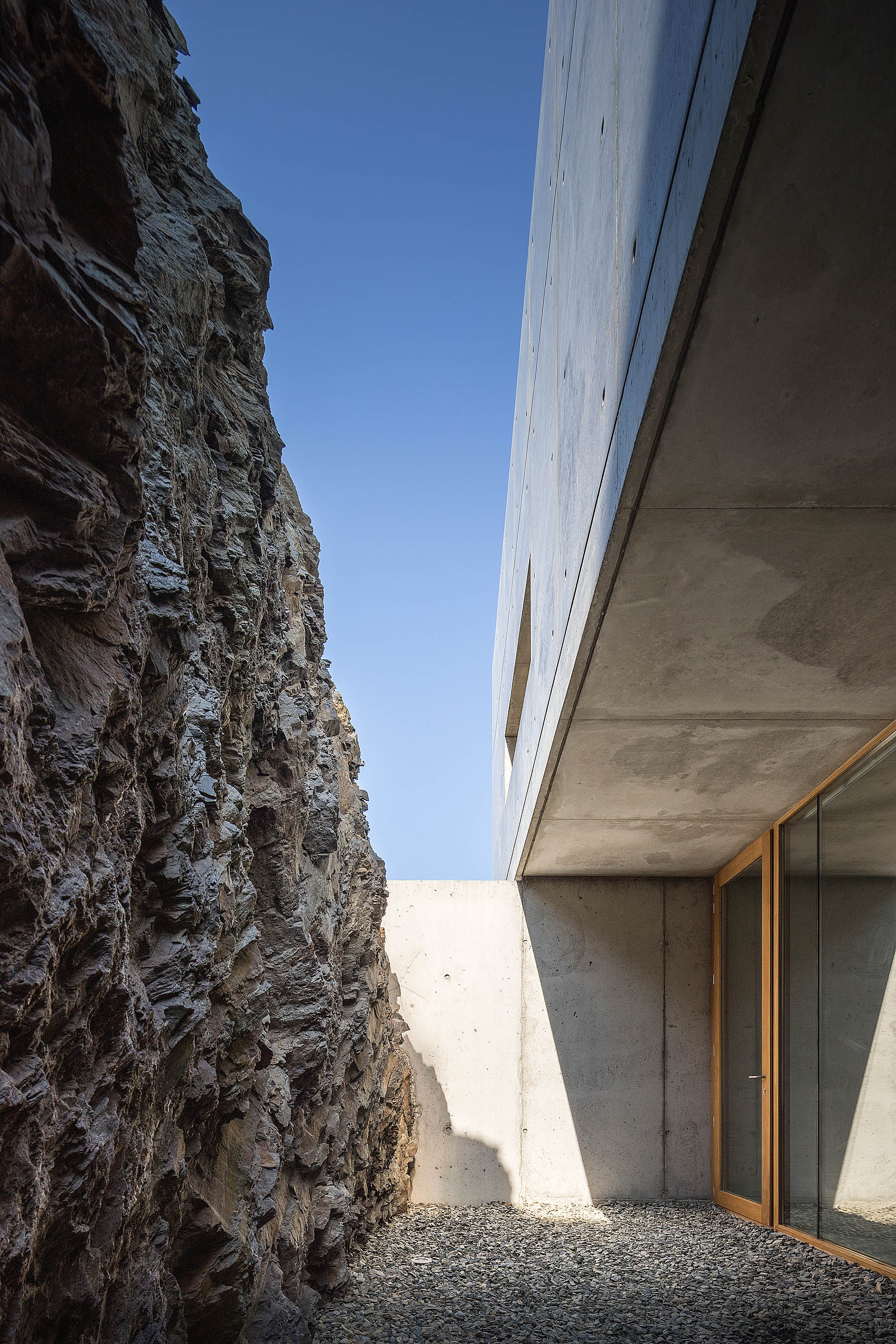
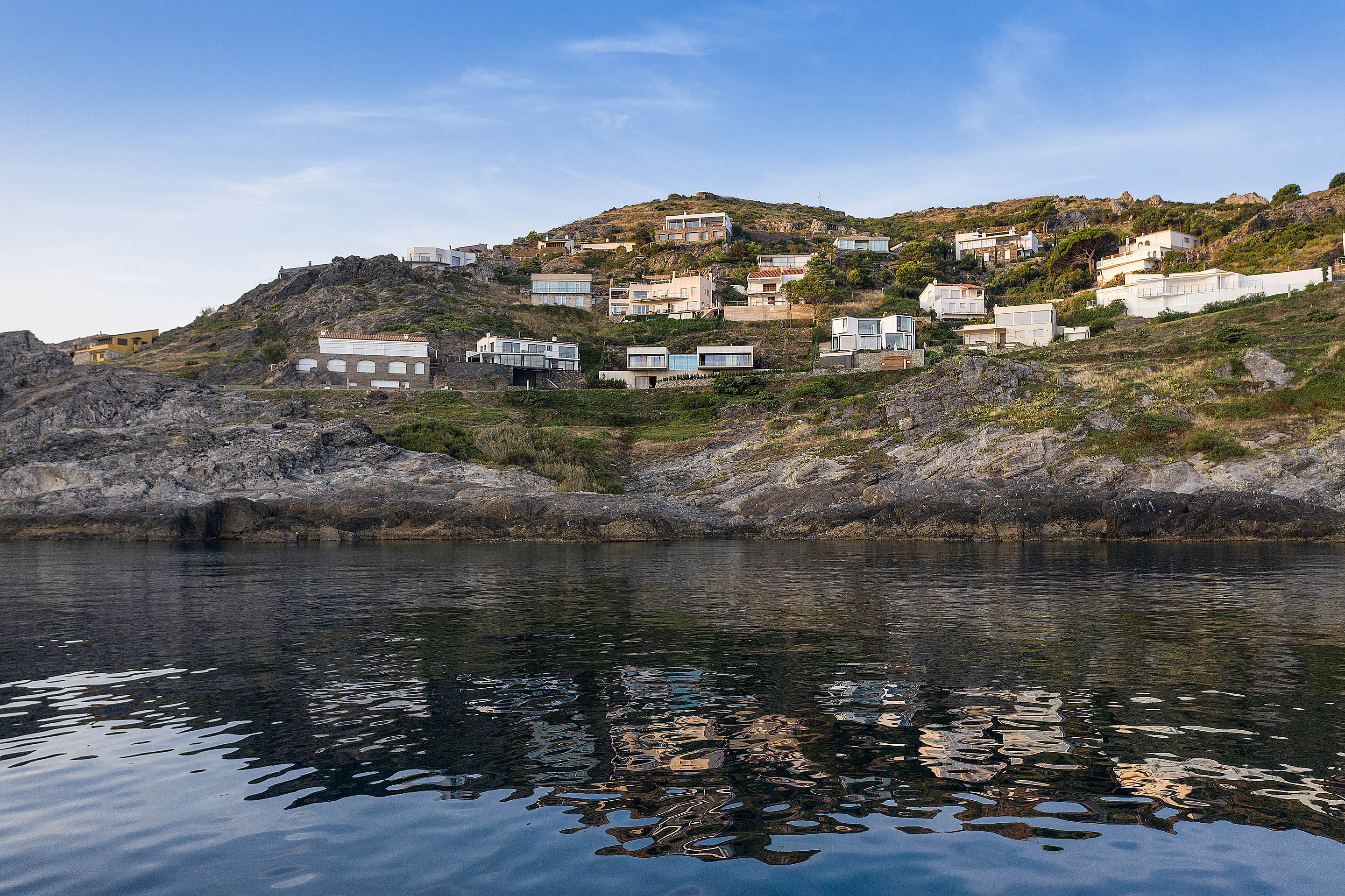
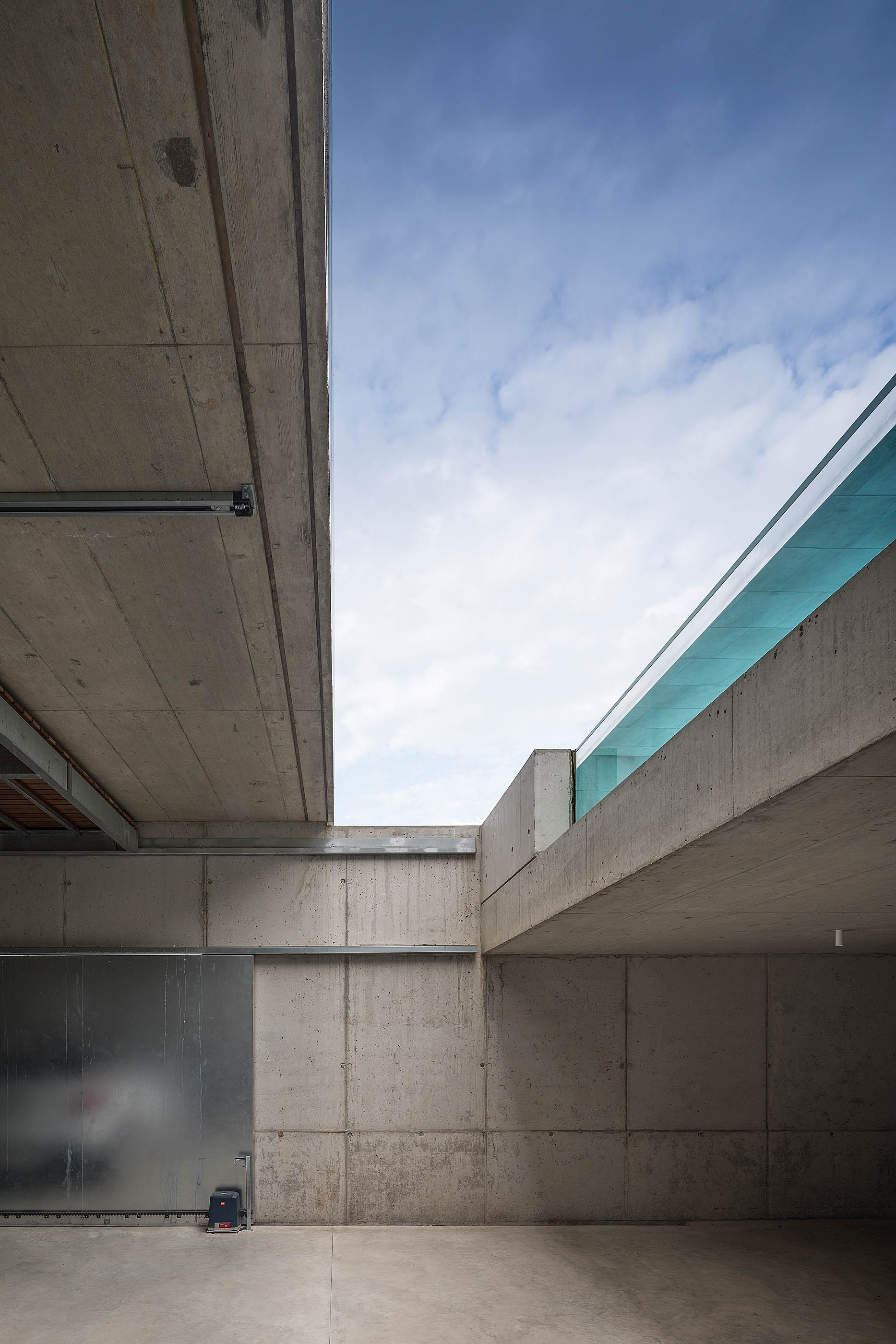
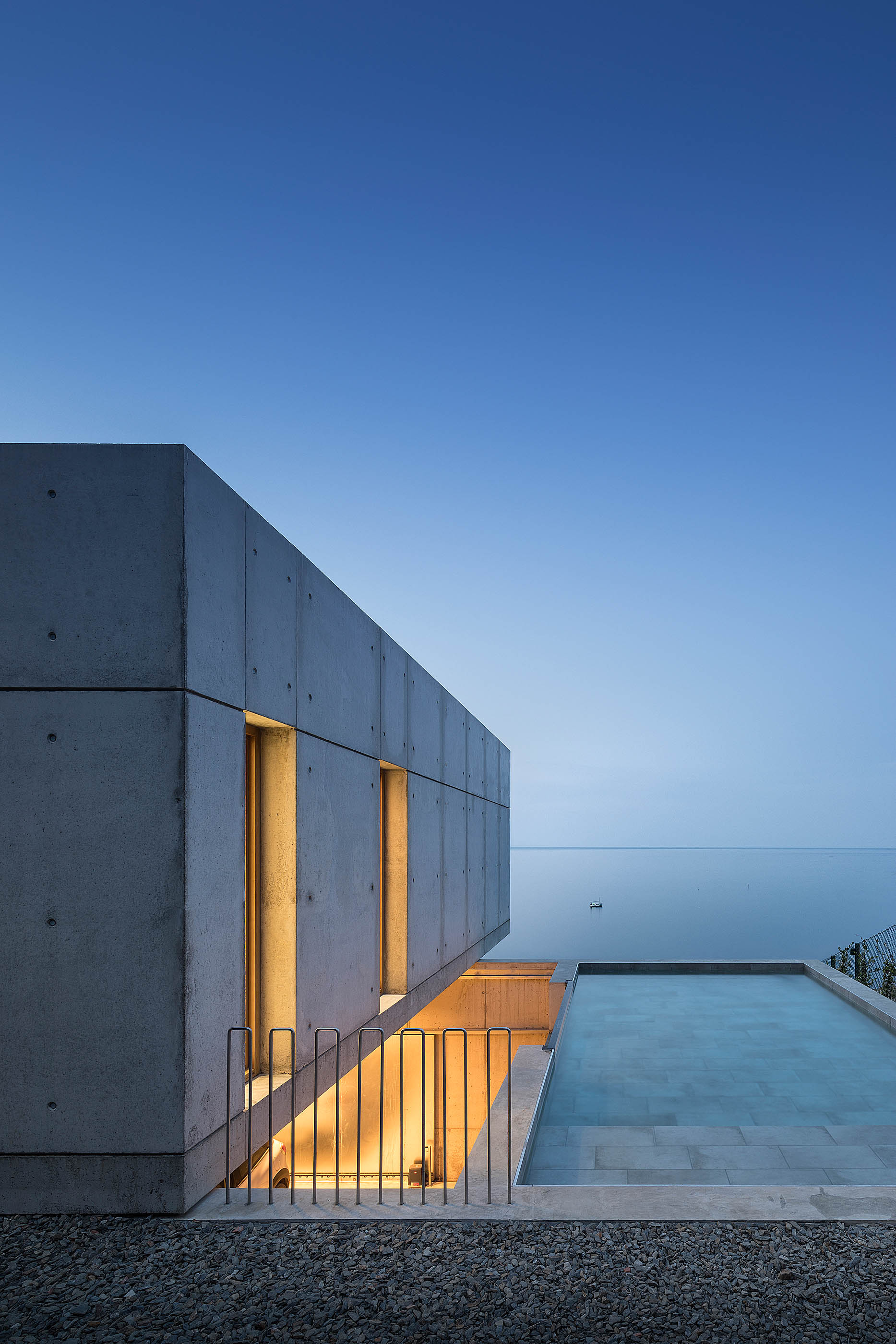
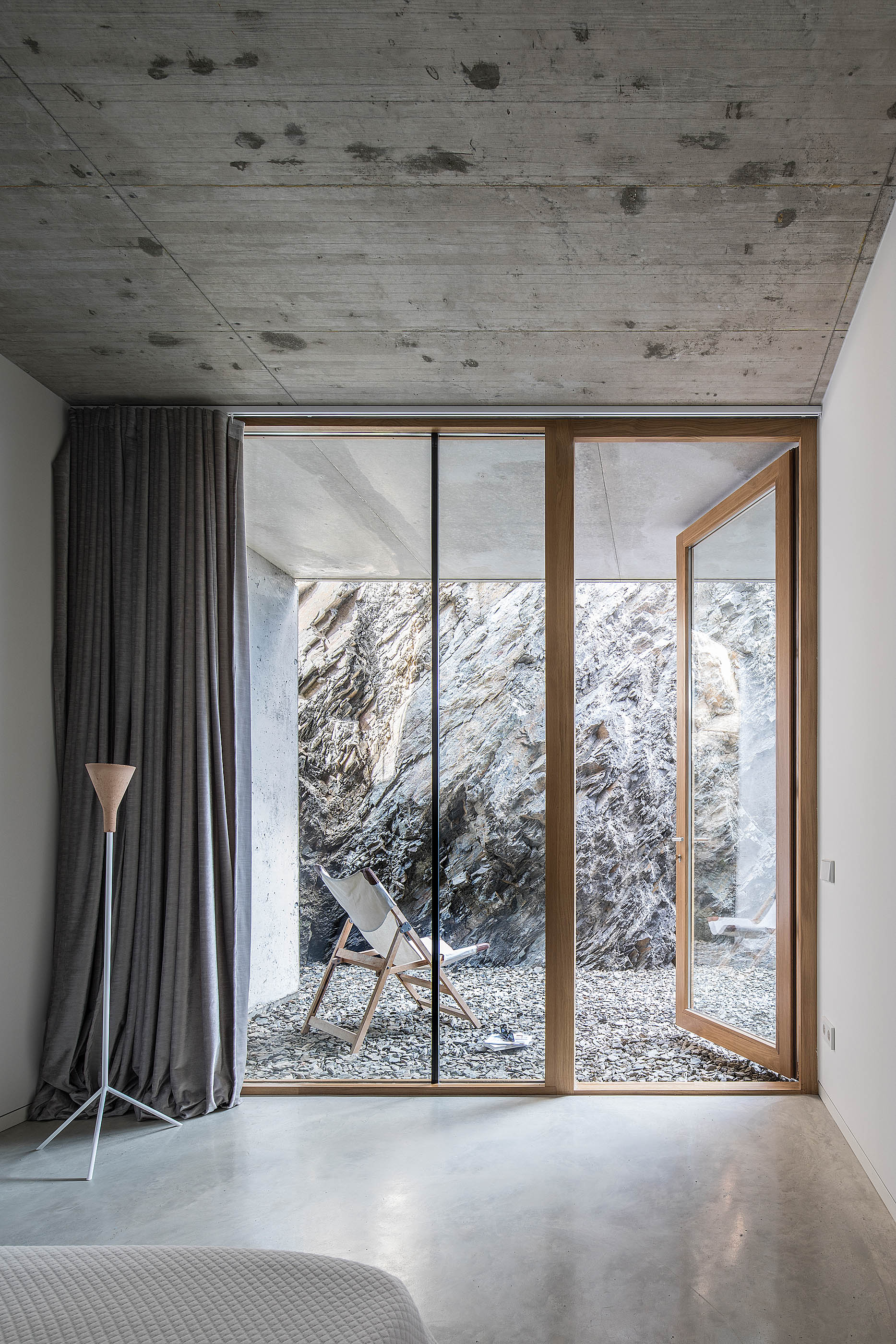
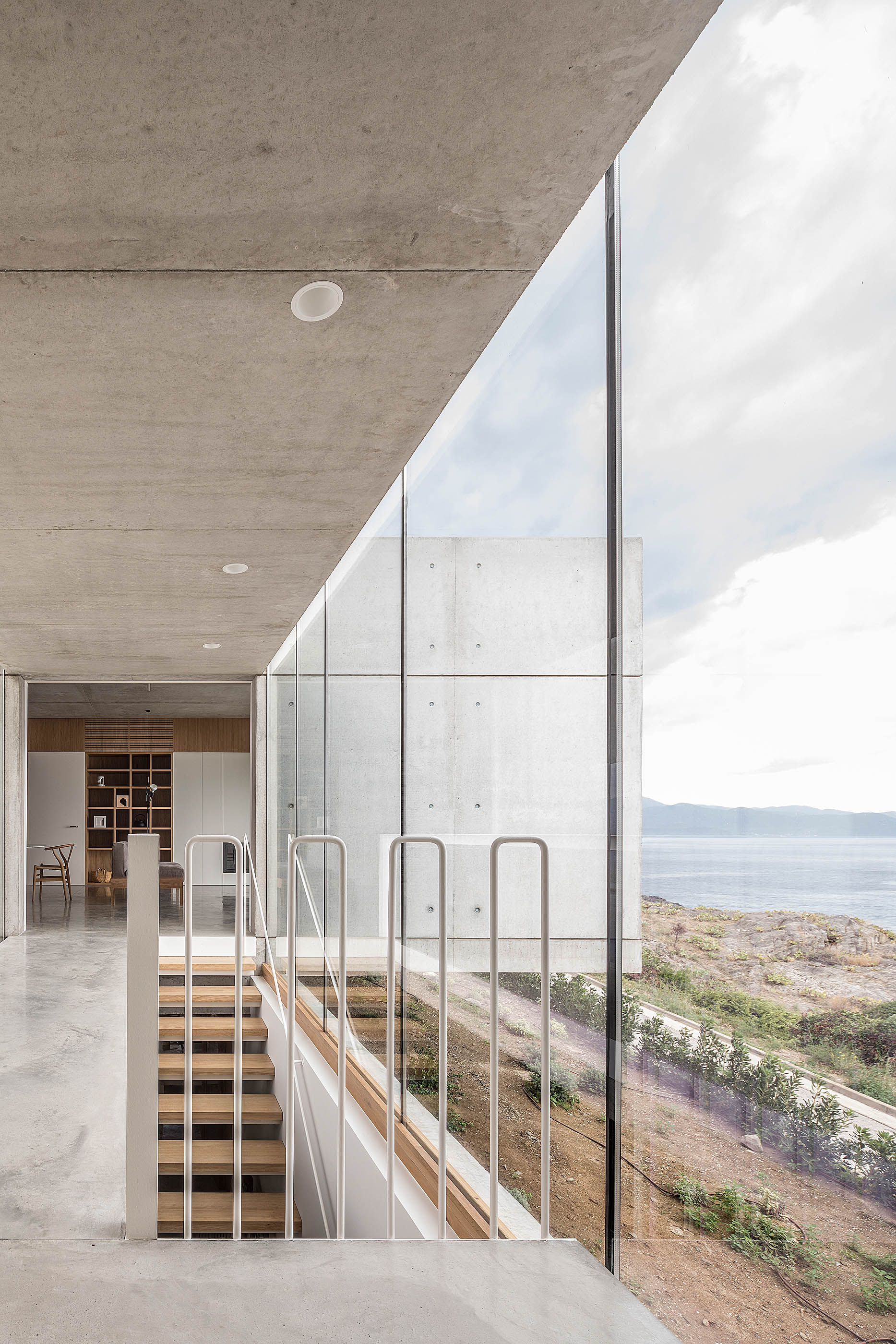
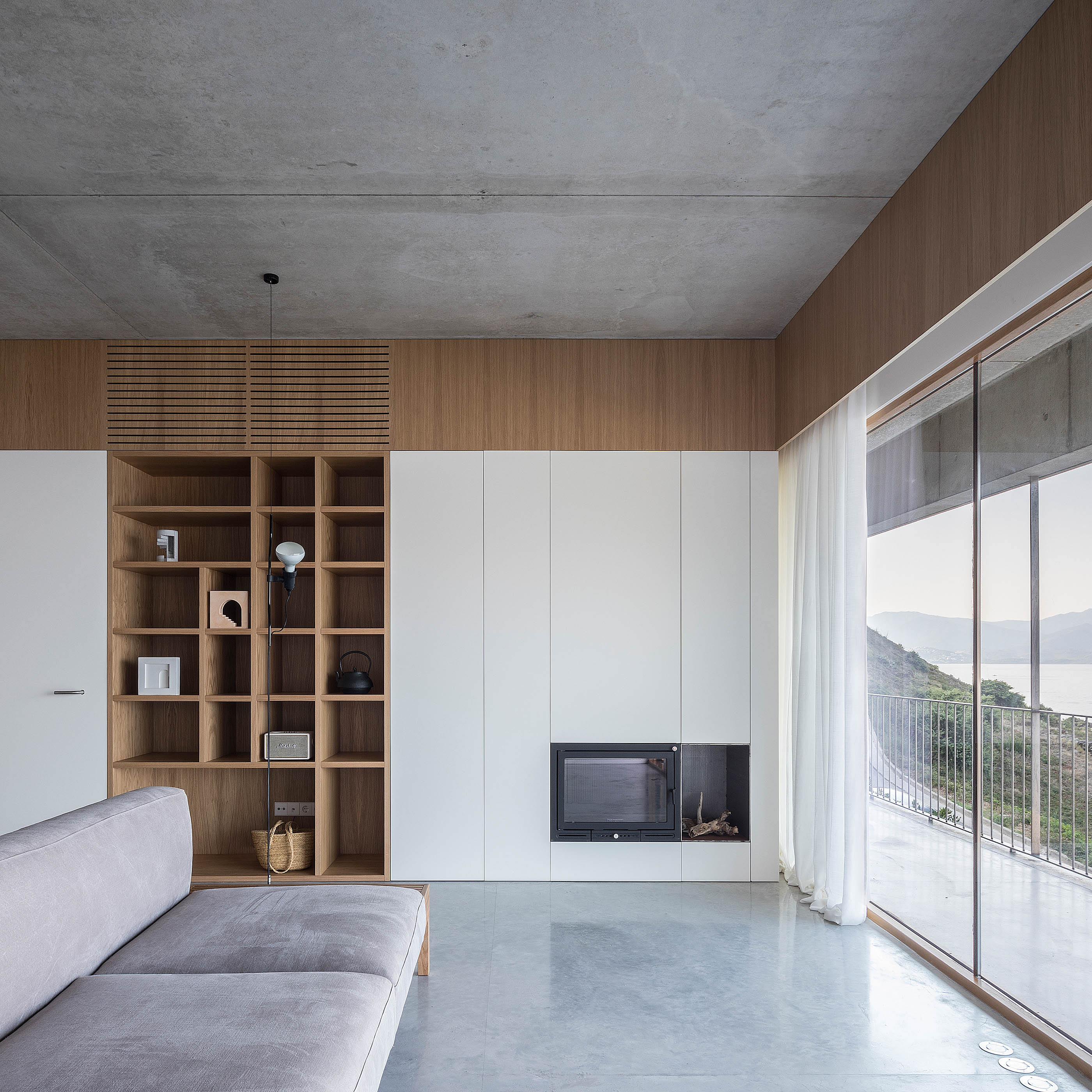
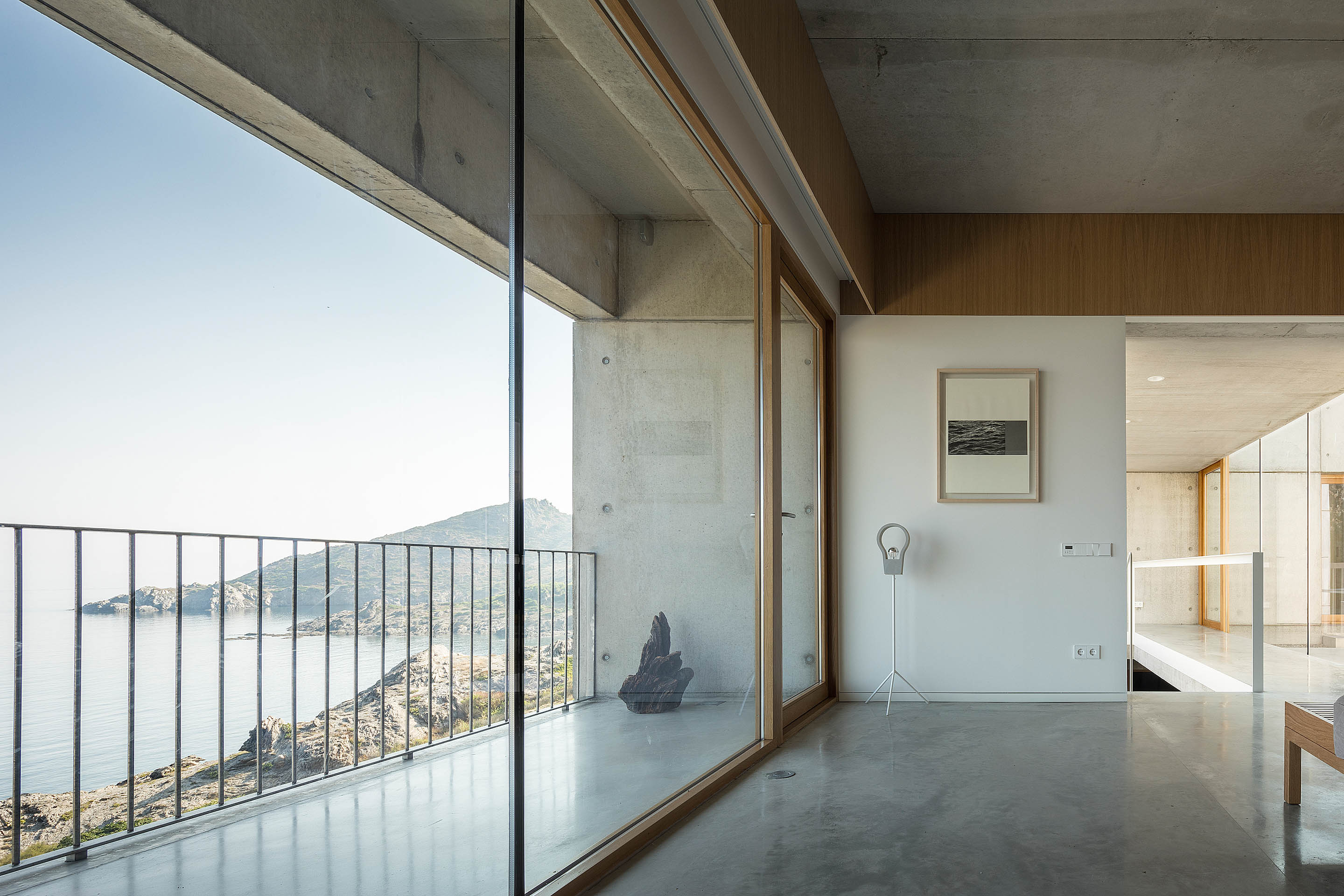
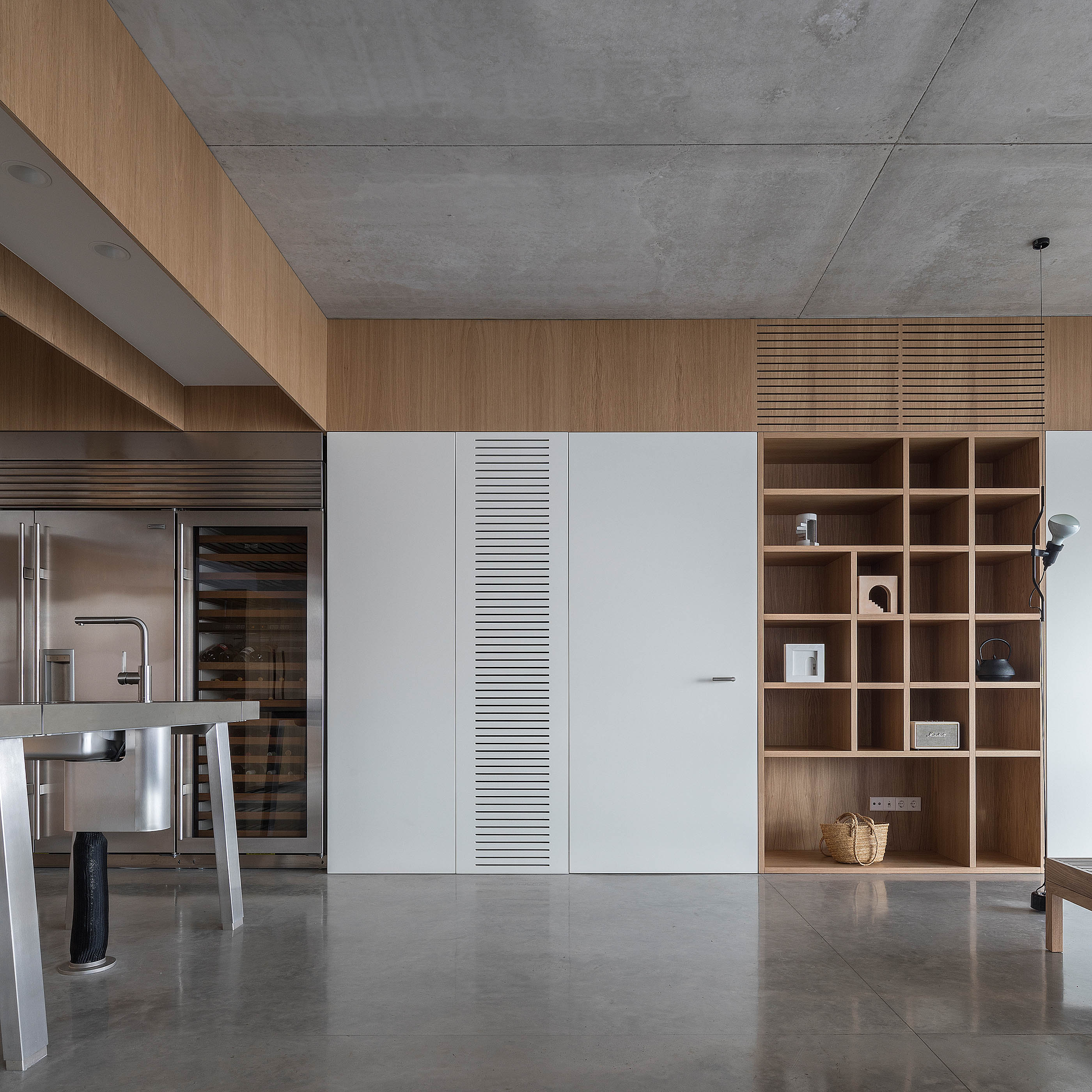
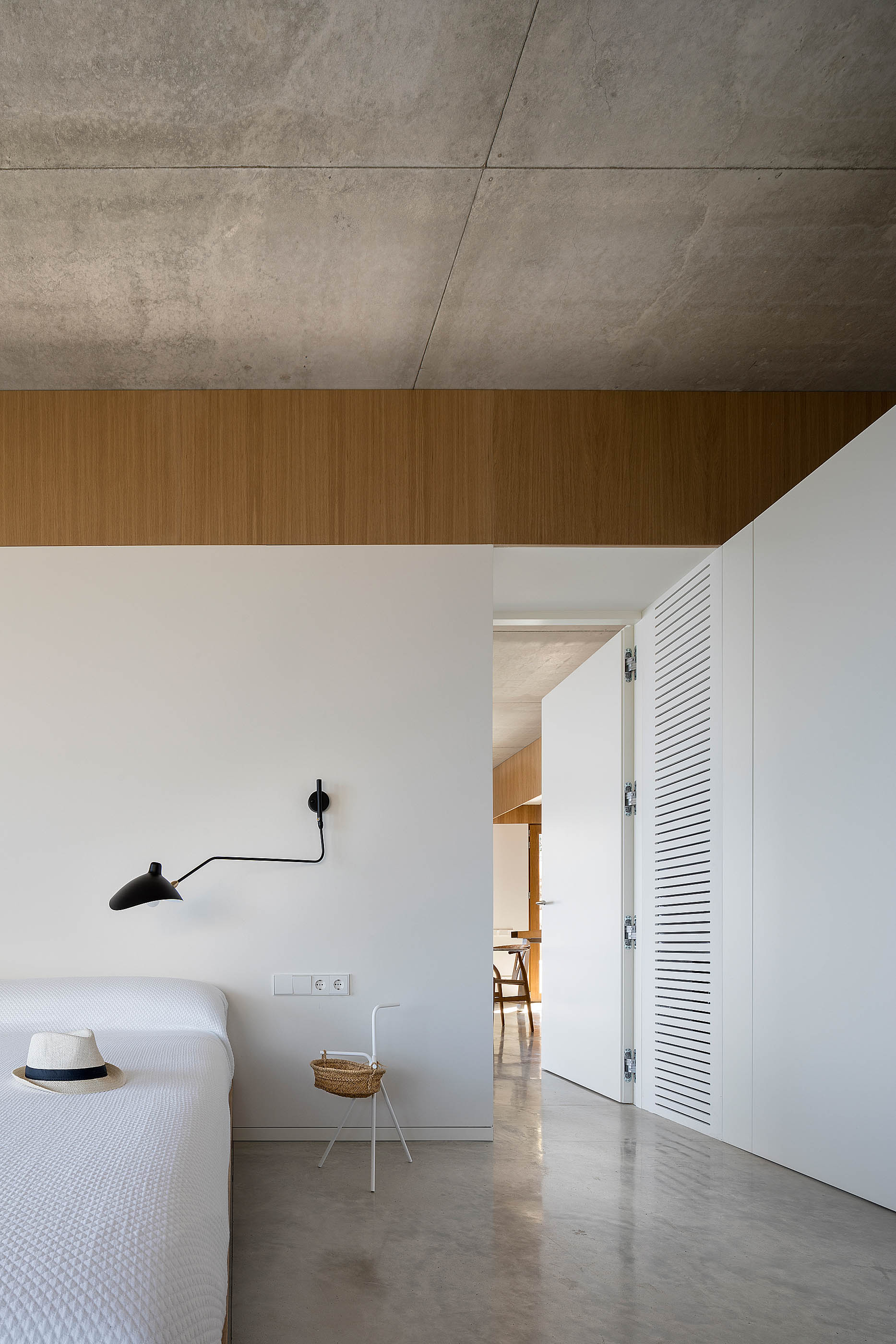
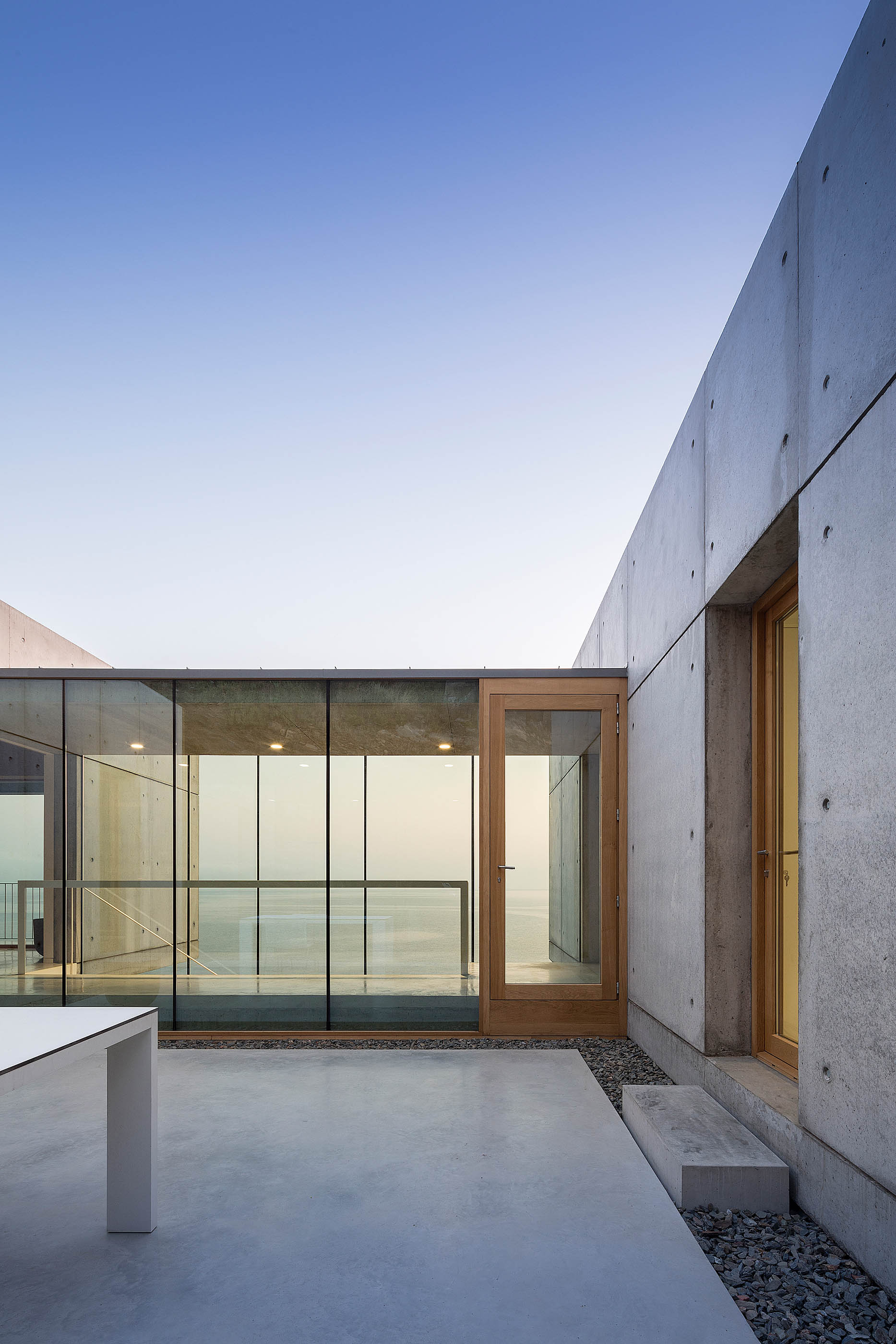
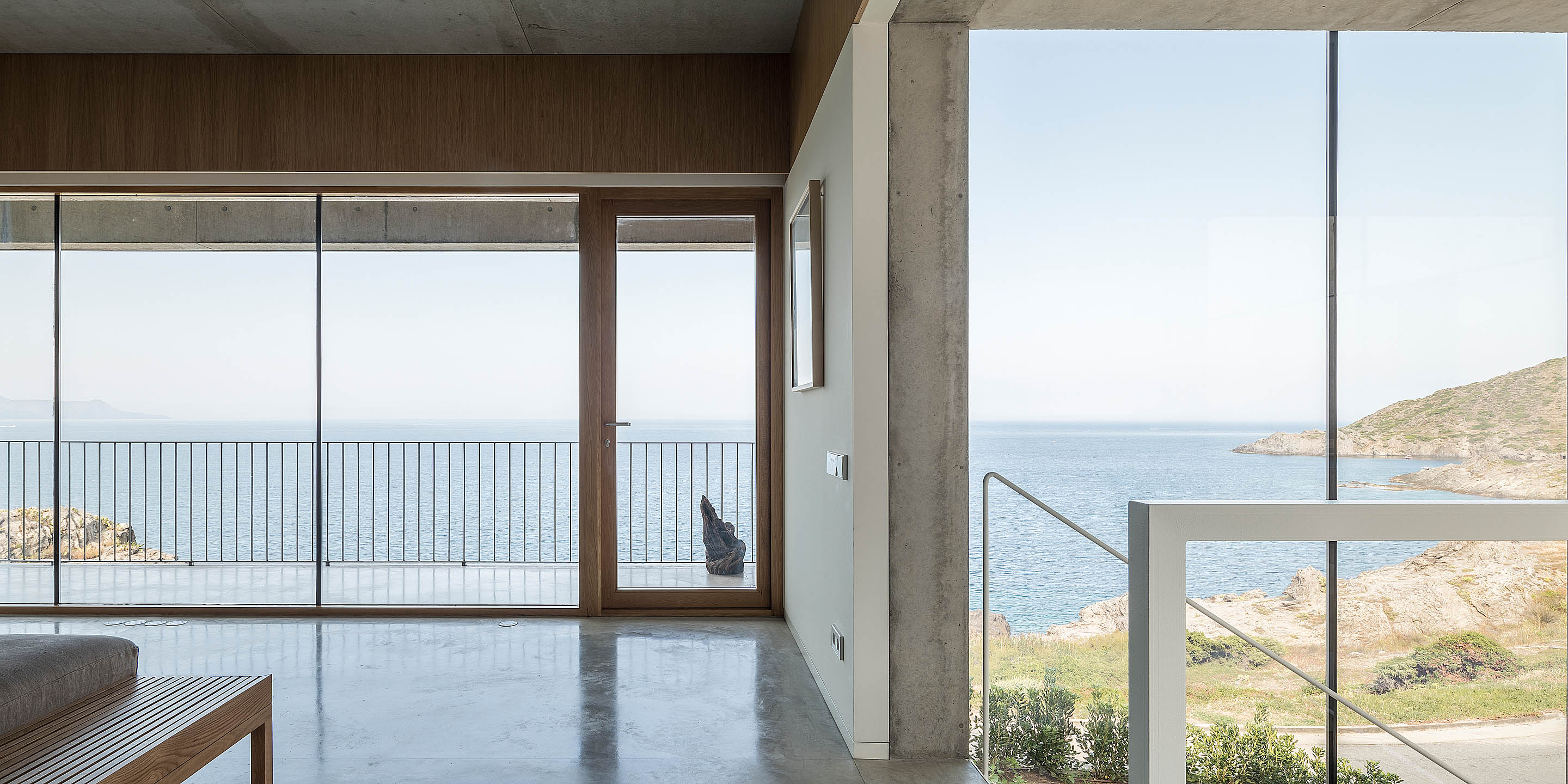
INFORMATION
Wallpaper* Newsletter
Receive our daily digest of inspiration, escapism and design stories from around the world direct to your inbox.
Ellie Stathaki is the Architecture & Environment Director at Wallpaper*. She trained as an architect at the Aristotle University of Thessaloniki in Greece and studied architectural history at the Bartlett in London. Now an established journalist, she has been a member of the Wallpaper* team since 2006, visiting buildings across the globe and interviewing leading architects such as Tadao Ando and Rem Koolhaas. Ellie has also taken part in judging panels, moderated events, curated shows and contributed in books, such as The Contemporary House (Thames & Hudson, 2018), Glenn Sestig Architecture Diary (2020) and House London (2022).
-
 All-In is the Paris-based label making full-force fashion for main character dressing
All-In is the Paris-based label making full-force fashion for main character dressingPart of our monthly Uprising series, Wallpaper* meets Benjamin Barron and Bror August Vestbø of All-In, the LVMH Prize-nominated label which bases its collections on a riotous cast of characters – real and imagined
By Orla Brennan
-
 Maserati joins forces with Giorgetti for a turbo-charged relationship
Maserati joins forces with Giorgetti for a turbo-charged relationshipAnnouncing their marriage during Milan Design Week, the brands unveiled a collection, a car and a long term commitment
By Hugo Macdonald
-
 Through an innovative new training program, Poltrona Frau aims to safeguard Italian craft
Through an innovative new training program, Poltrona Frau aims to safeguard Italian craftThe heritage furniture manufacturer is training a new generation of leather artisans
By Cristina Kiran Piotti
-
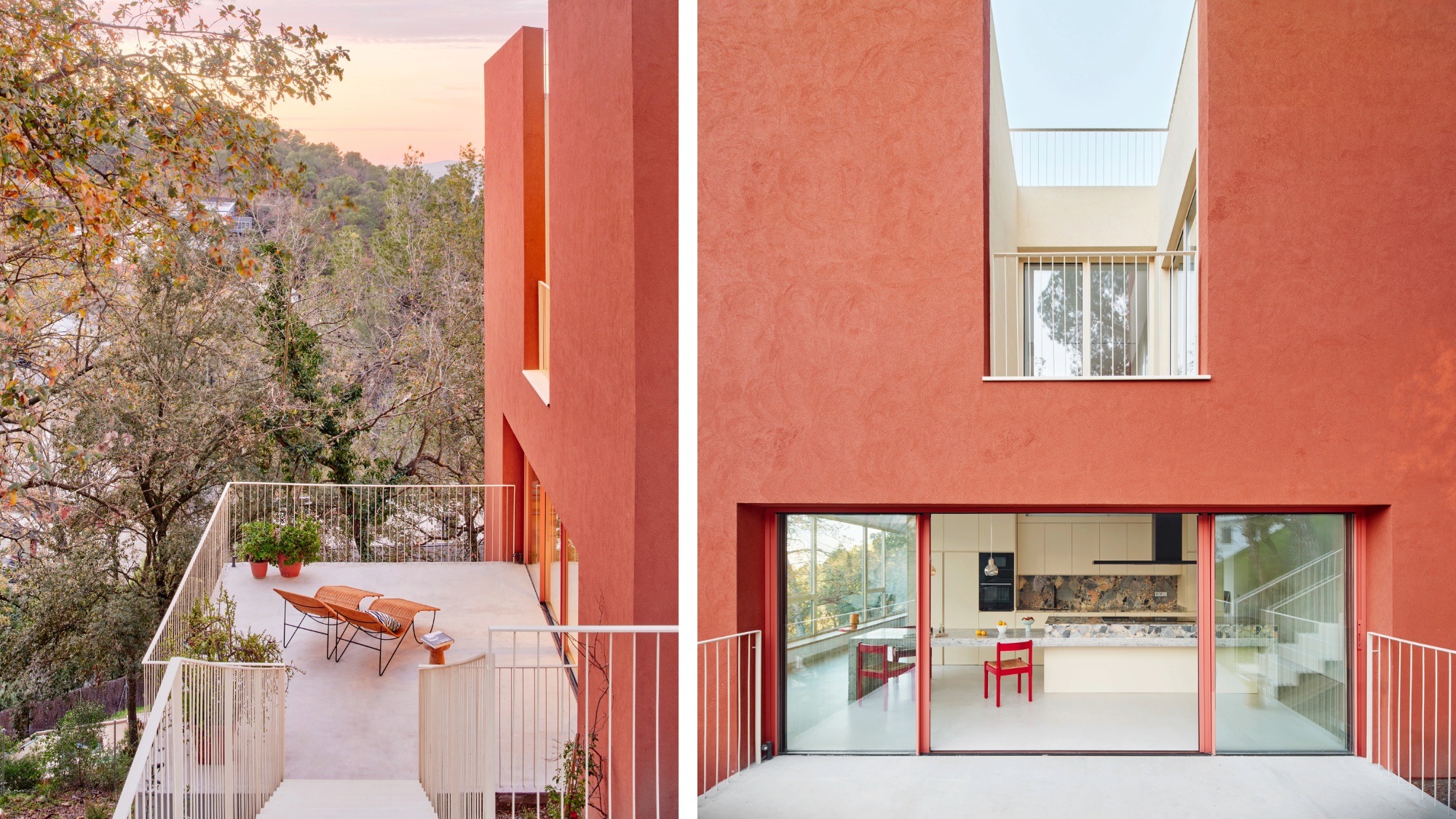 This striking Spanish house makes the most of a tricky plot in a good area
This striking Spanish house makes the most of a tricky plot in a good areaA Spanish house perched on a steep slope in the leafy suburbs of Barcelona, Raúl Sánchez Architects’ Casa Magarola features colourful details, vintage designs and hidden balconies
By Léa Teuscher
-
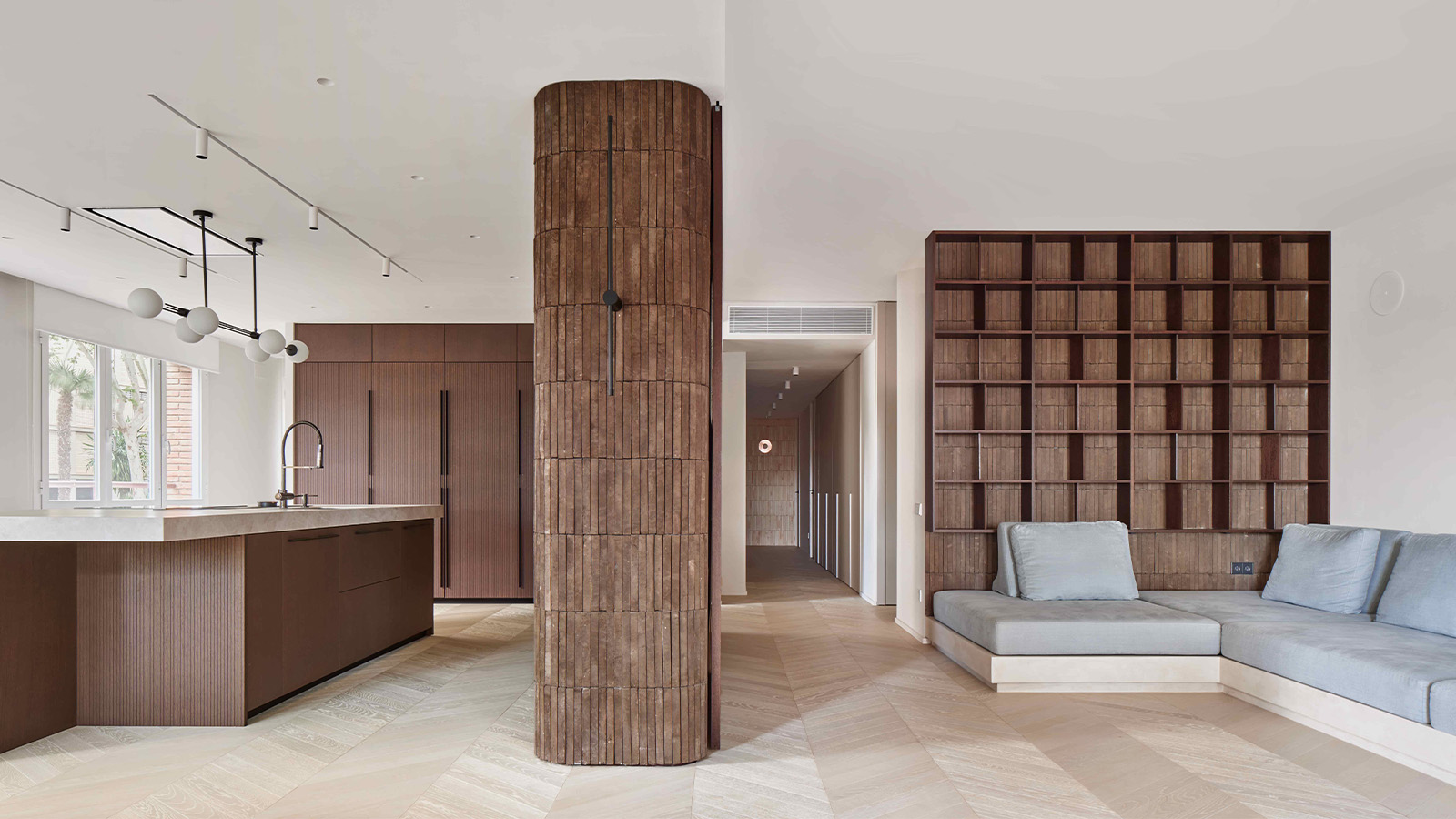 This brutalist apartment in Barcelona is surprisingly soft and gentle
This brutalist apartment in Barcelona is surprisingly soft and gentleThe renovated brutalist apartment by Cometa Architects is a raw yet gentle gem in the heart of the city
By Tianna Williams
-
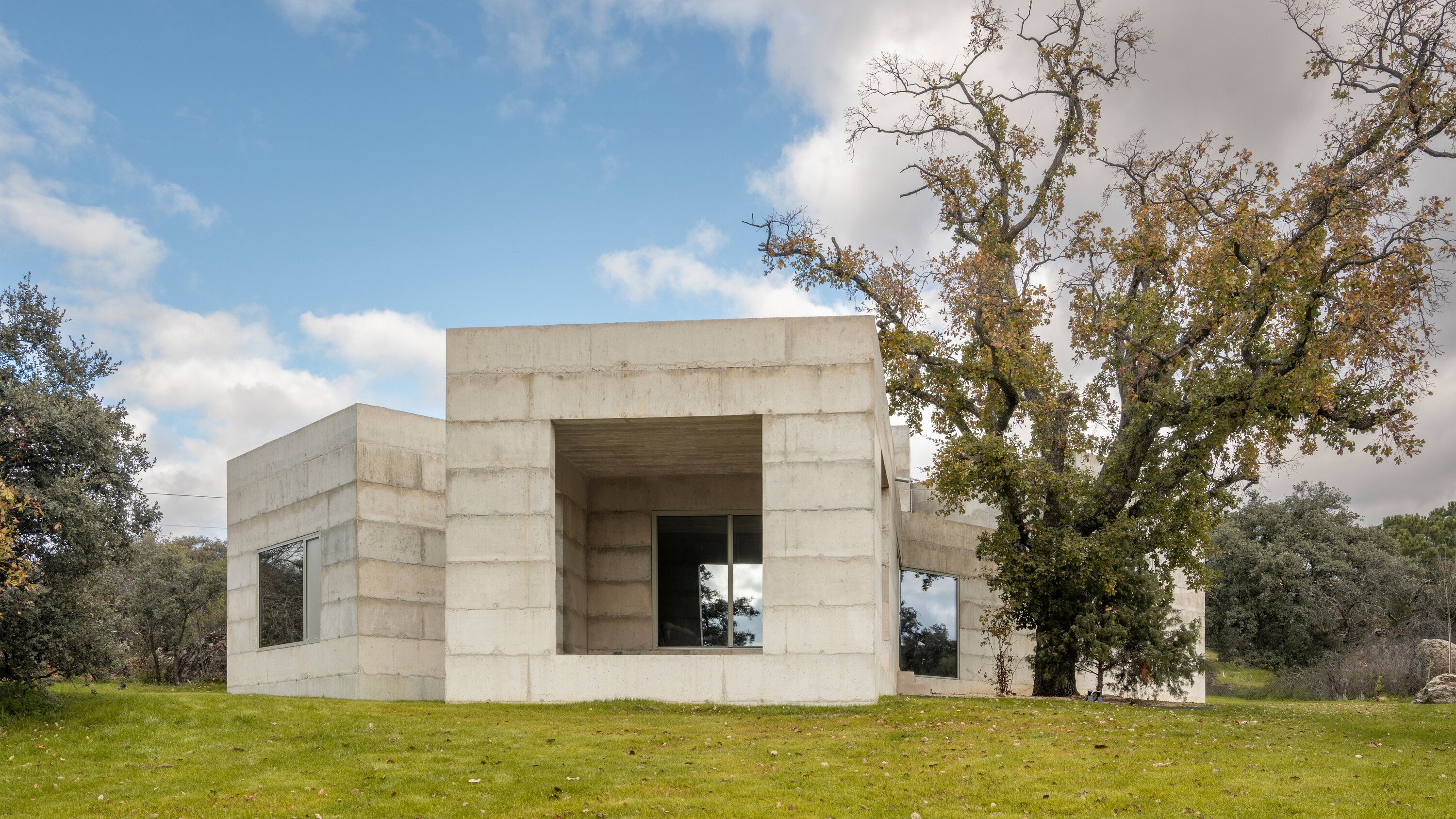 A brutalist house in Spain embraces its wild and tangled plot
A brutalist house in Spain embraces its wild and tangled plotHouse X is a formidable, brutalist house structure on a semi-rural plot in central Spain, shaped by Bojaus Arquitectura to reflect the robust flora and geology of the local landscape
By Jonathan Bell
-
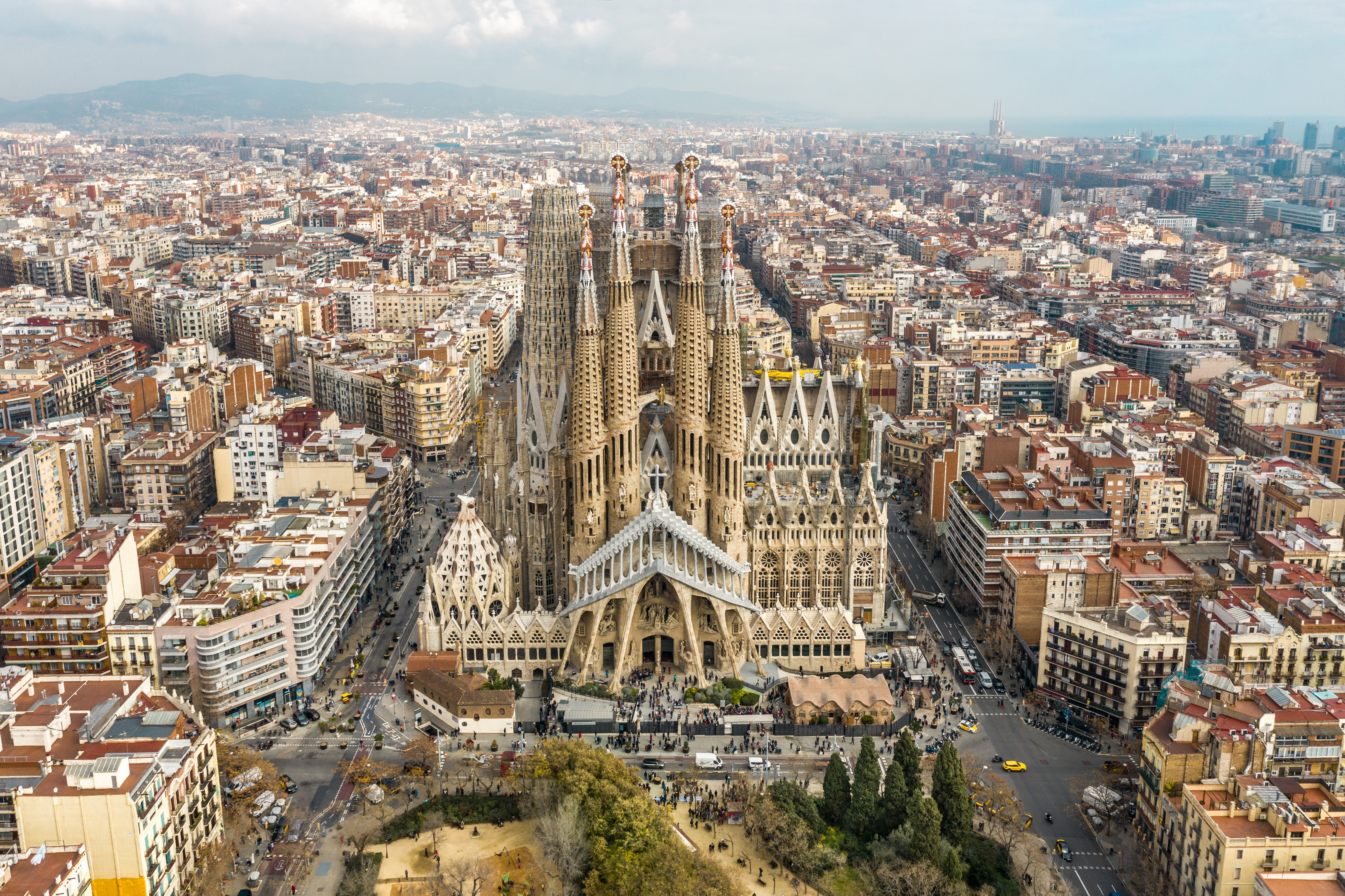 Antoni Gaudí: a guide to the architect’s magical world
Antoni Gaudí: a guide to the architect’s magical worldCatalan creative Antoni Gaudí has been a unique figure in global architectural history; we delve into the magical world of his mesmerising creations
By Ellie Stathaki
-
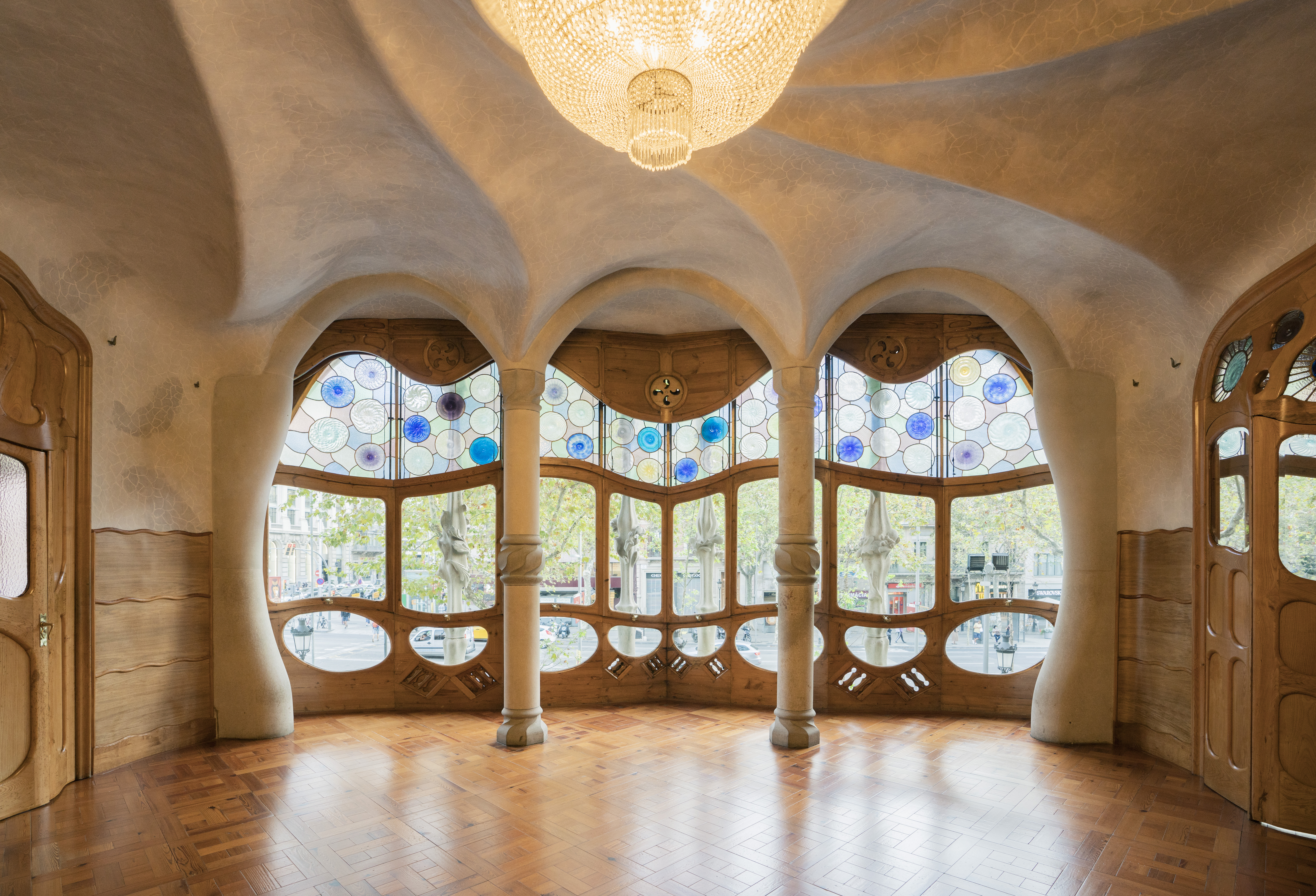 The case of Casa Batlló: inside Antoni Gaudí’s ‘happiest’ work
The case of Casa Batlló: inside Antoni Gaudí’s ‘happiest’ workCasa Batlló by Catalan master architect Antoni Gaudí has just got a refresh; we find out more
By Ellie Stathaki
-
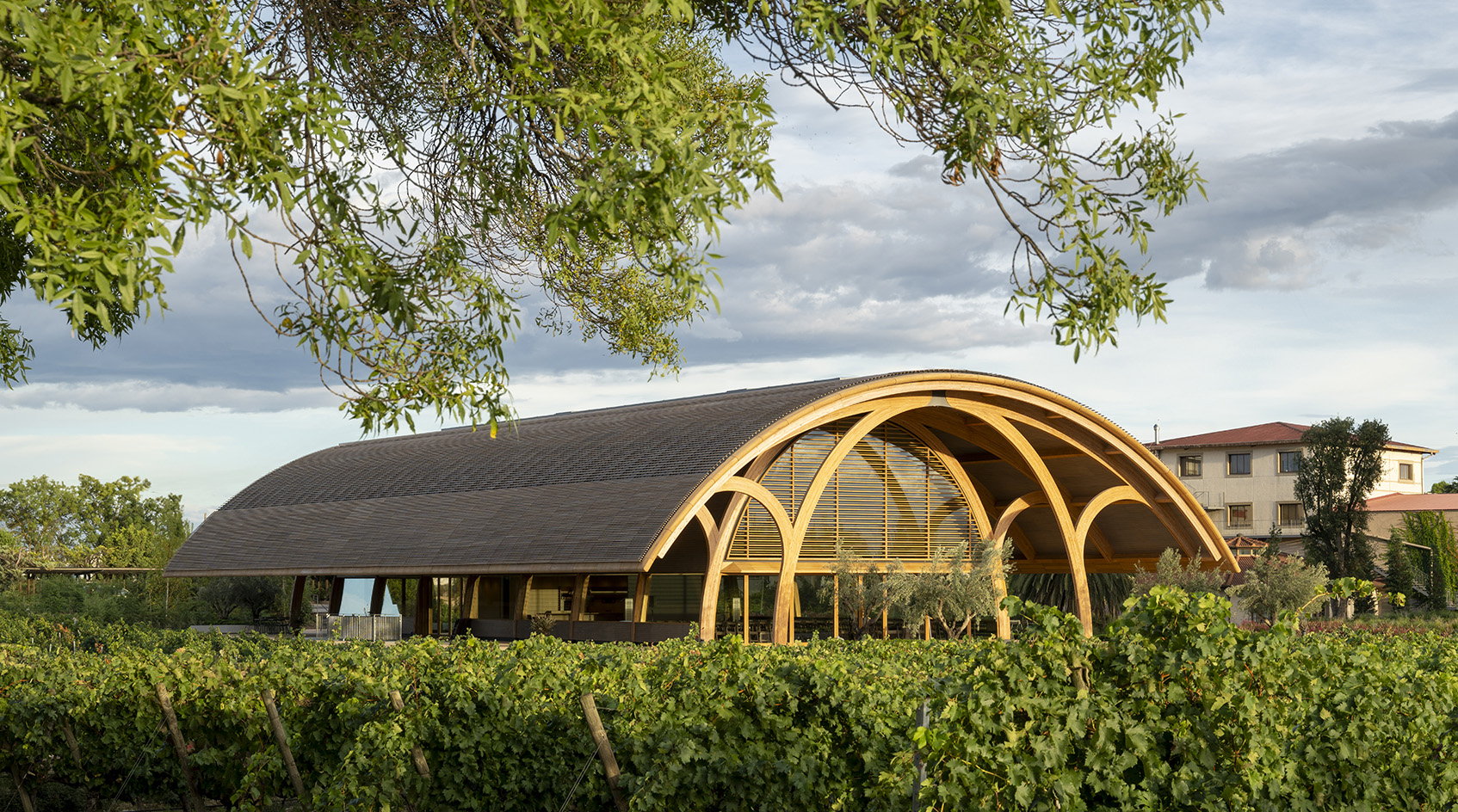 Bodegas Faustino Winery celebrates process through its versatile vaulted visitor centre
Bodegas Faustino Winery celebrates process through its versatile vaulted visitor centreBodegas Faustino Winery completes extension by Foster + Partners in Spain, marking a new chapter to the long-standing history between the architecture practice and their client
By Ellie Stathaki
-
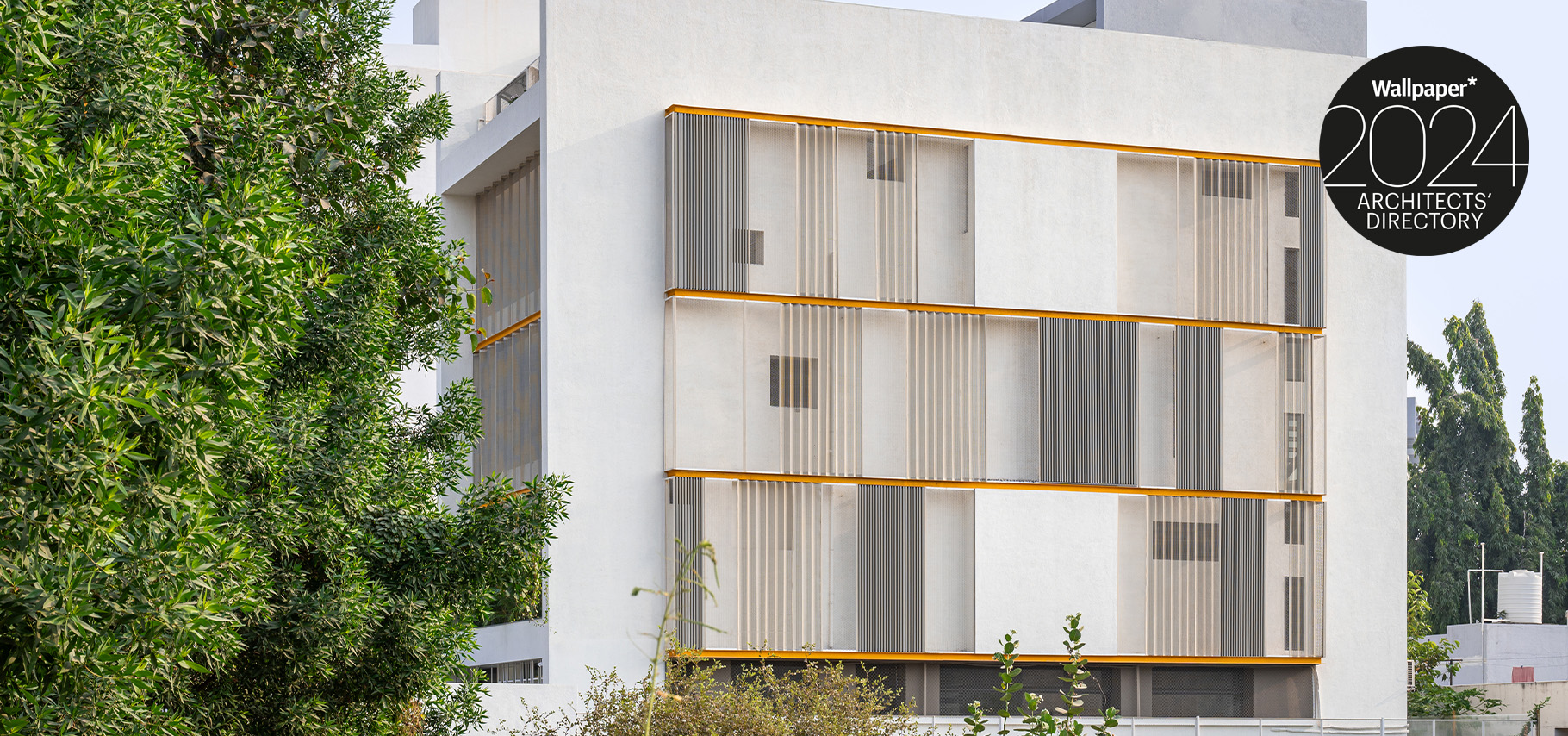 Playball Studio's architecture balances the organic and the technical
Playball Studio's architecture balances the organic and the technicalPlayball Studio, a young Indo-Spanish design practice, features in the Wallpaper* Architects’ Directory 2024
By Pallavi Mehra
-
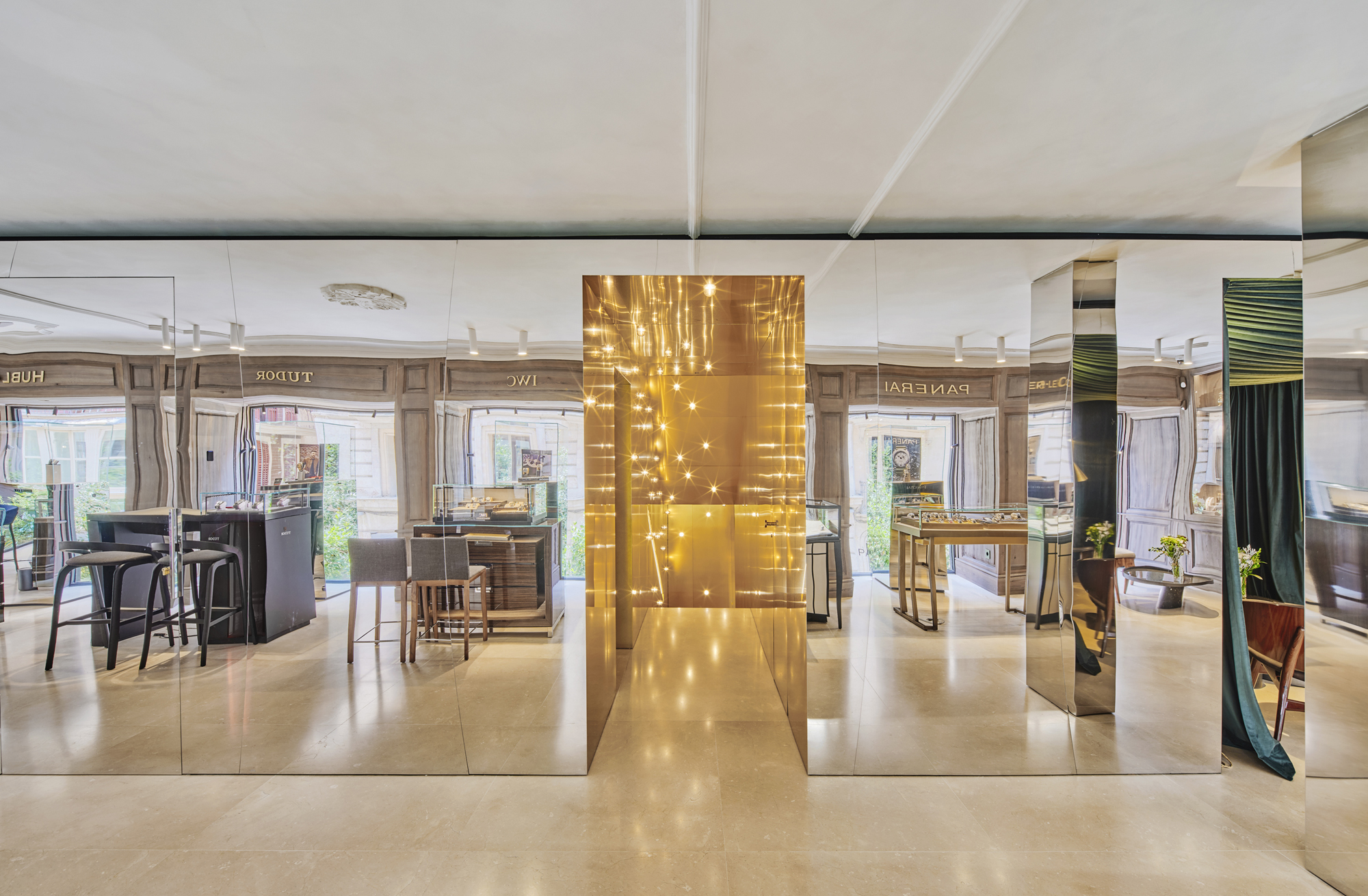 In Palma, beloved watch boutique Relojeria Alemana gets a dramatic revamp
In Palma, beloved watch boutique Relojeria Alemana gets a dramatic revampEdificio RA for Relojeria Alemana has been redesigned by OHLAB, refreshing a historical landmark in Palma, Mallorca with a 21st-century twist
By Ellie Stathaki